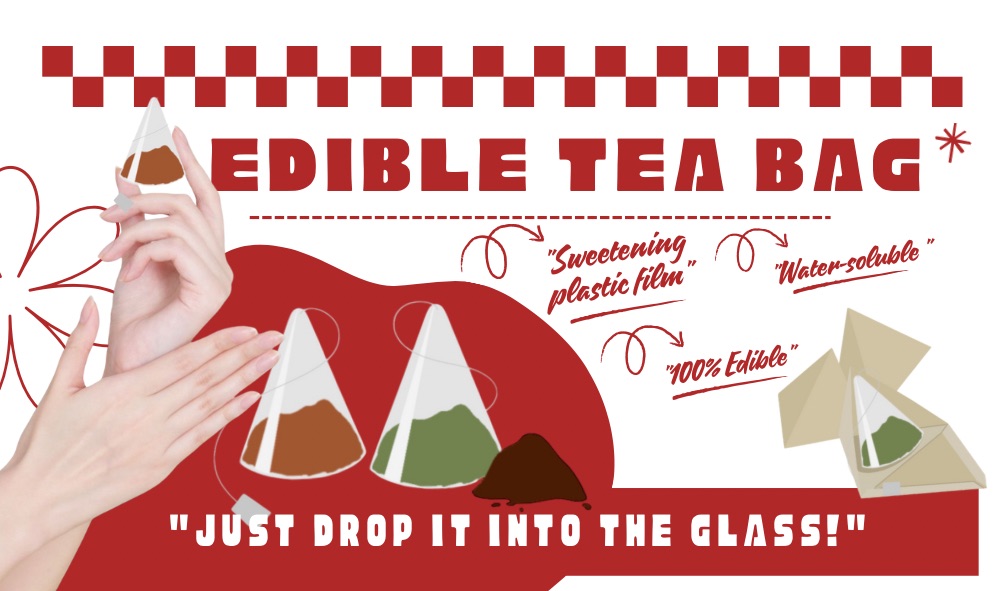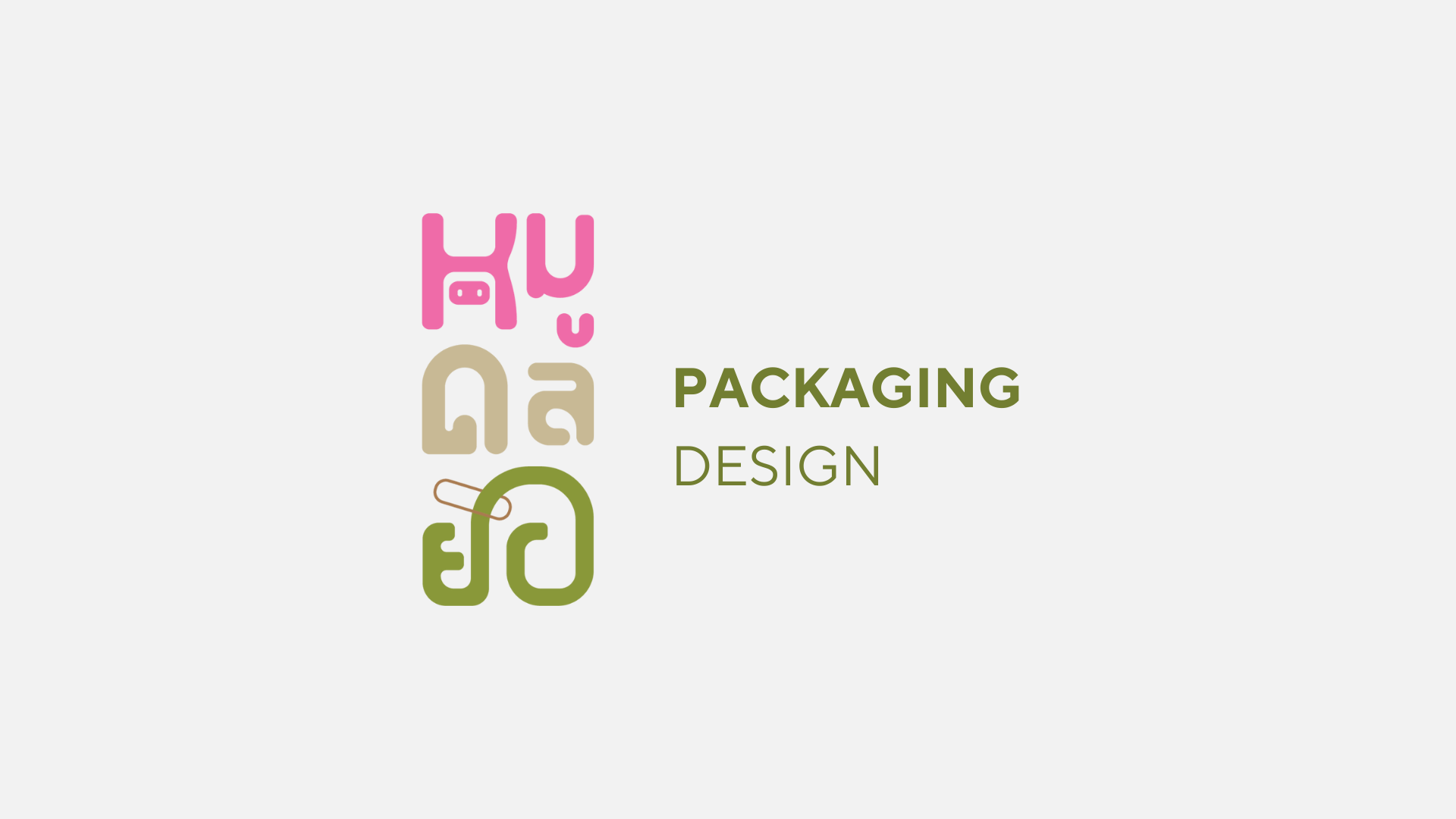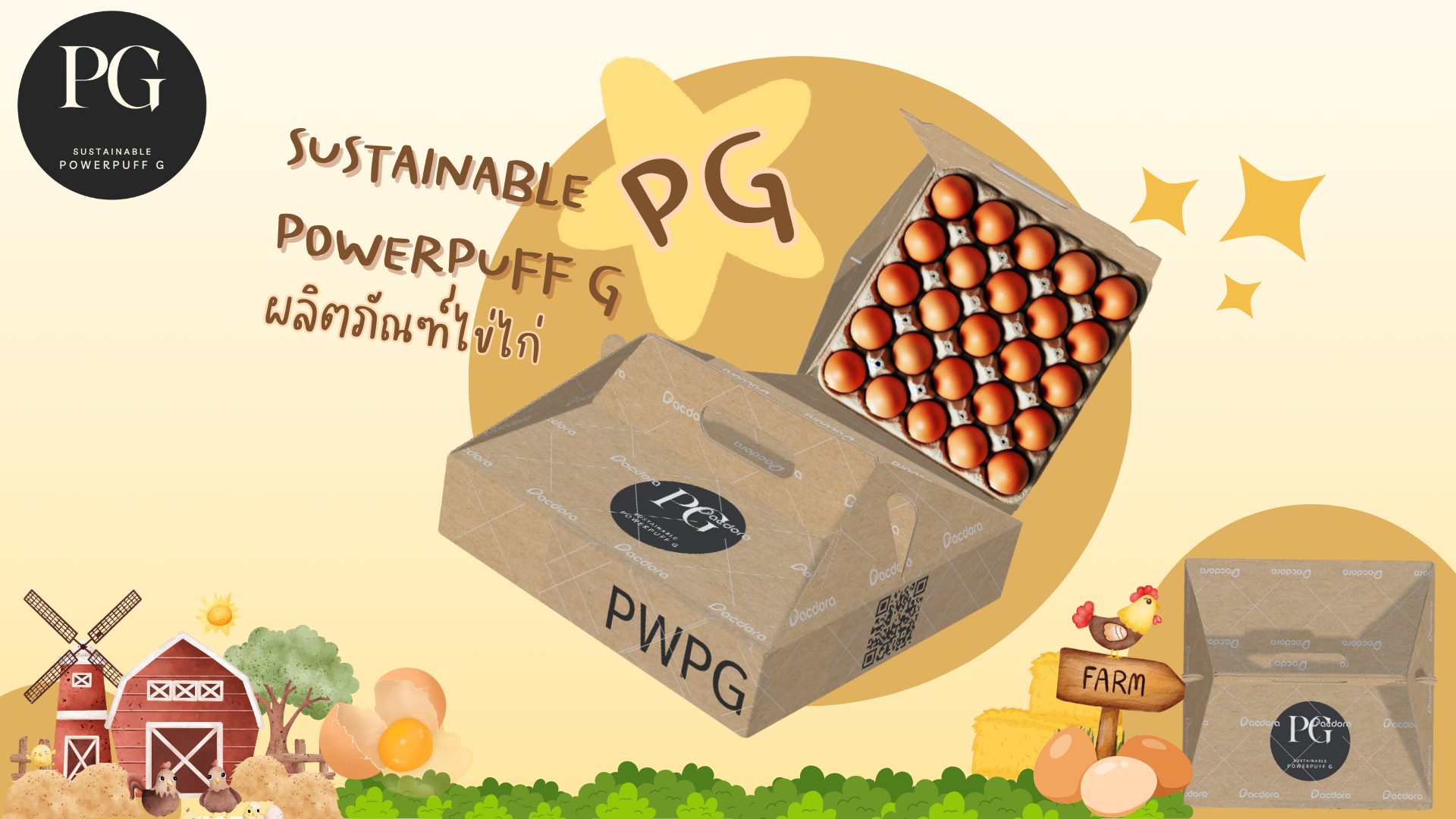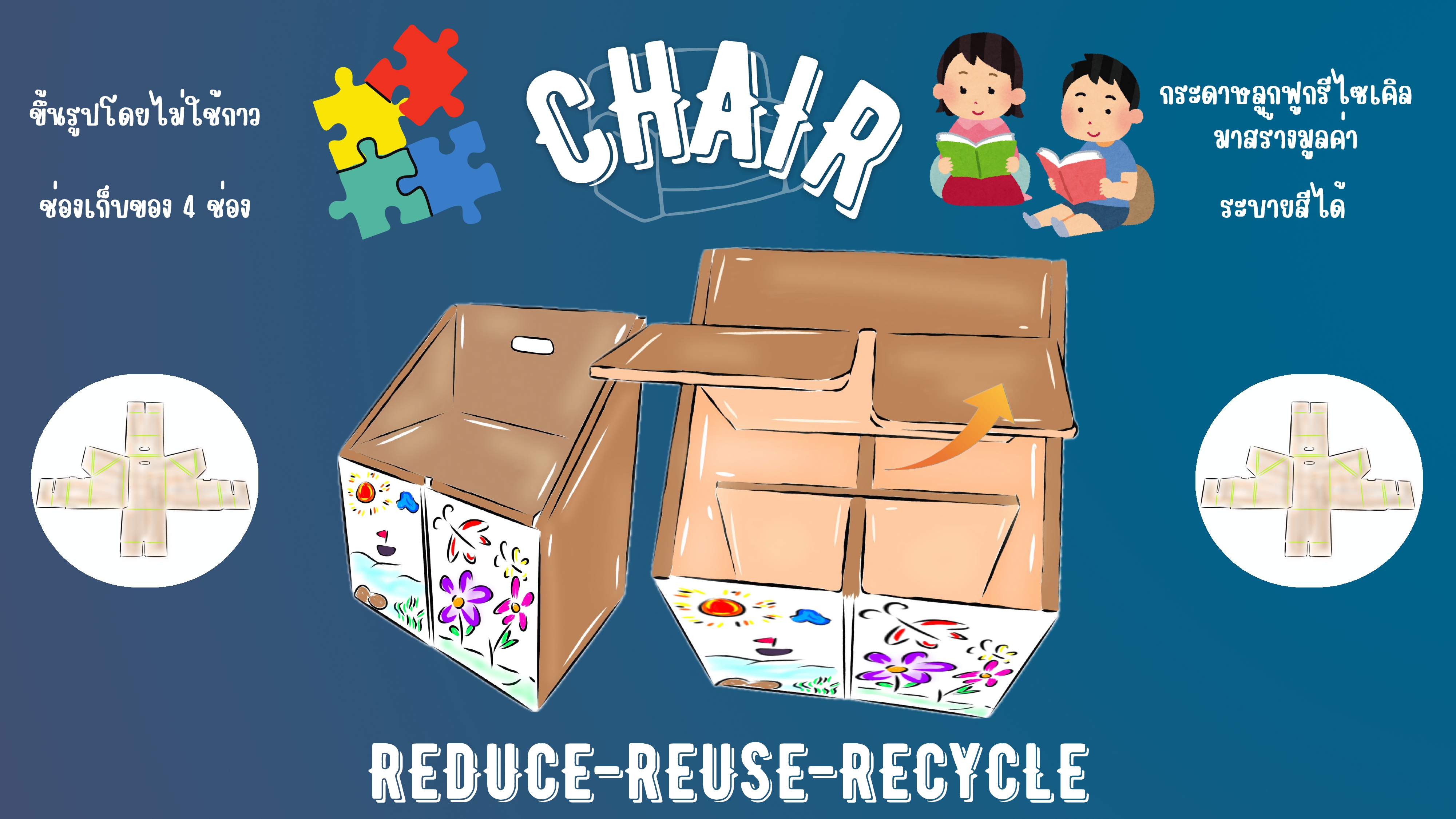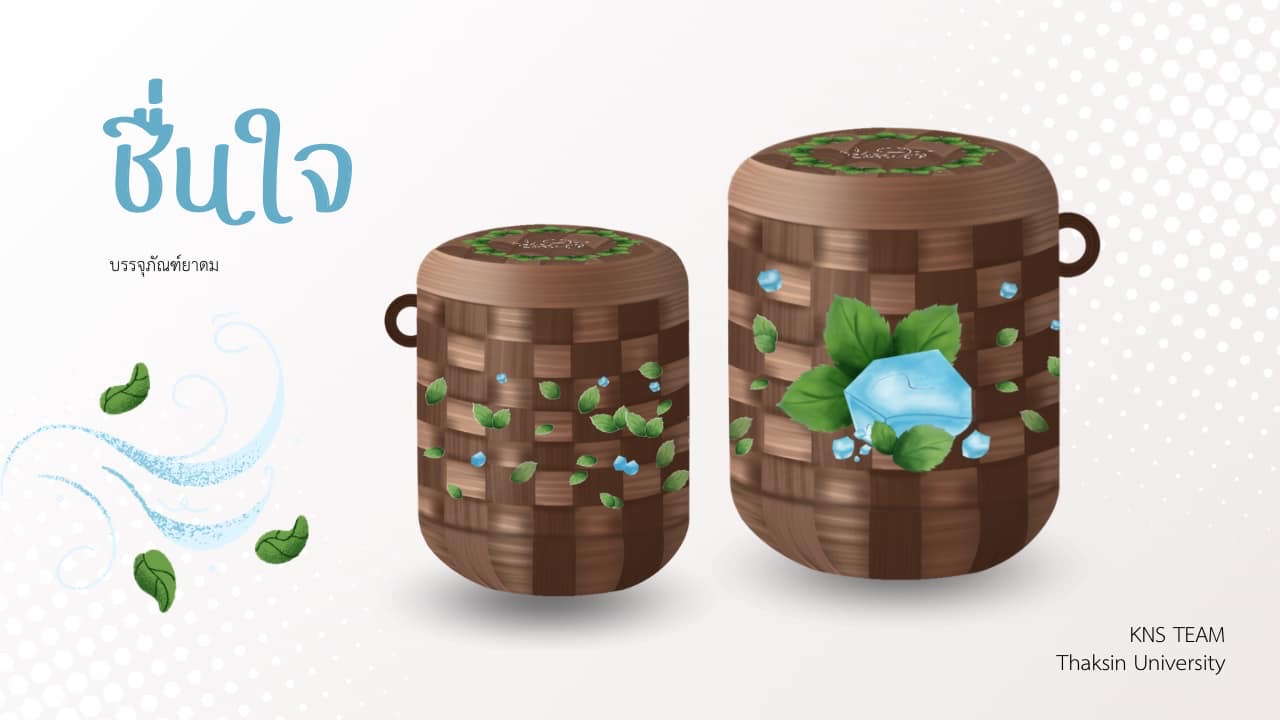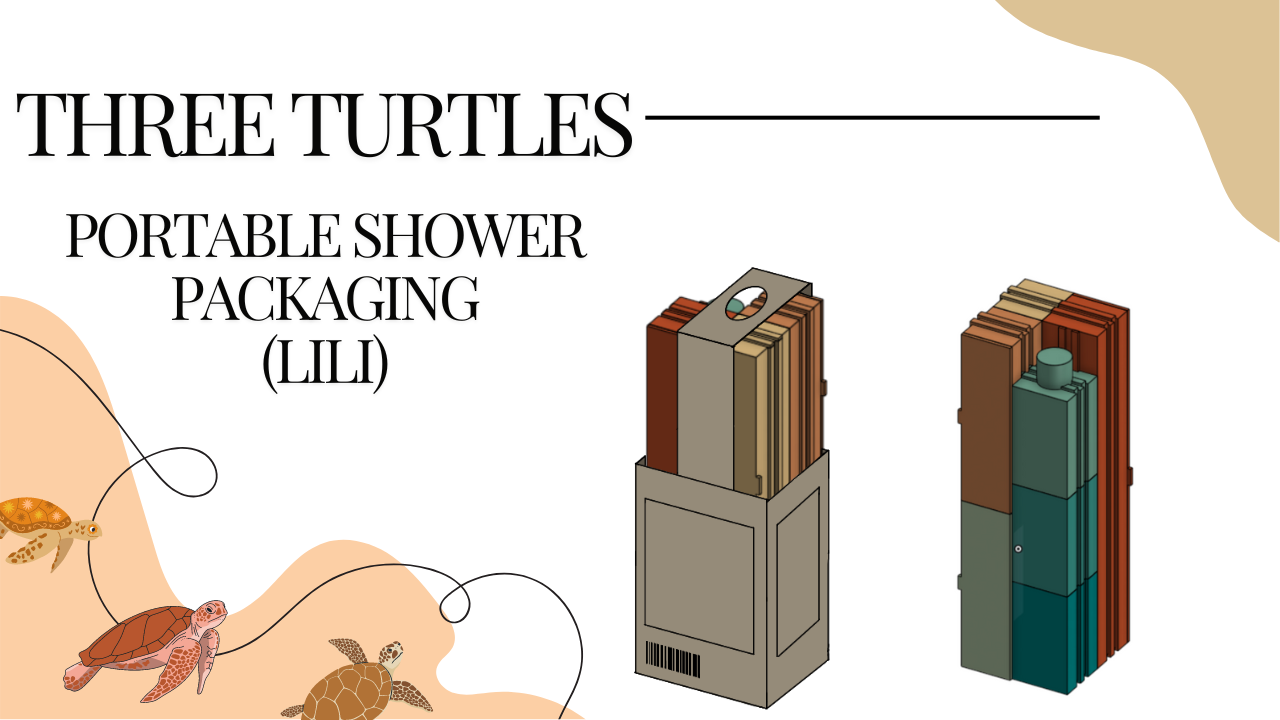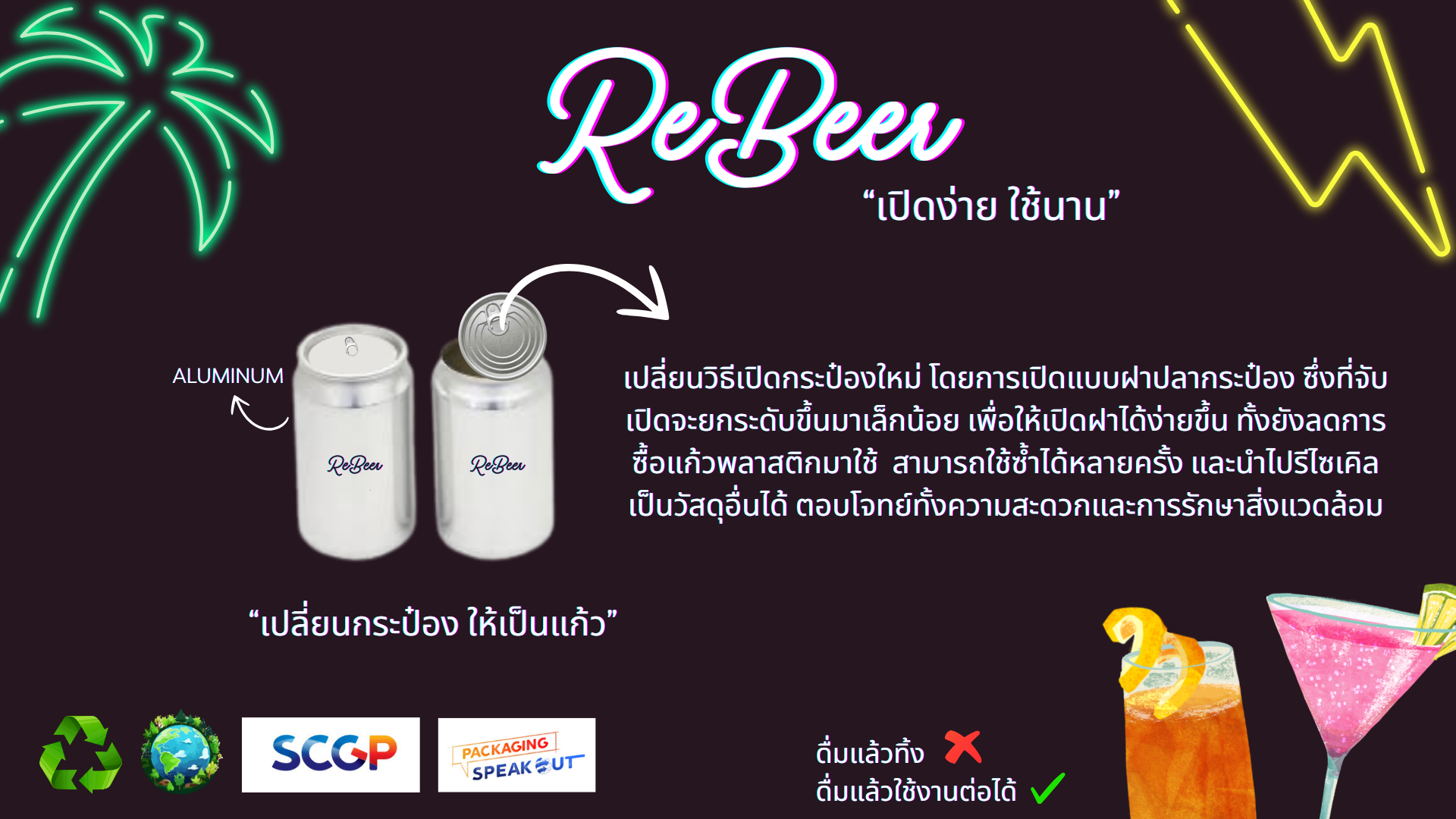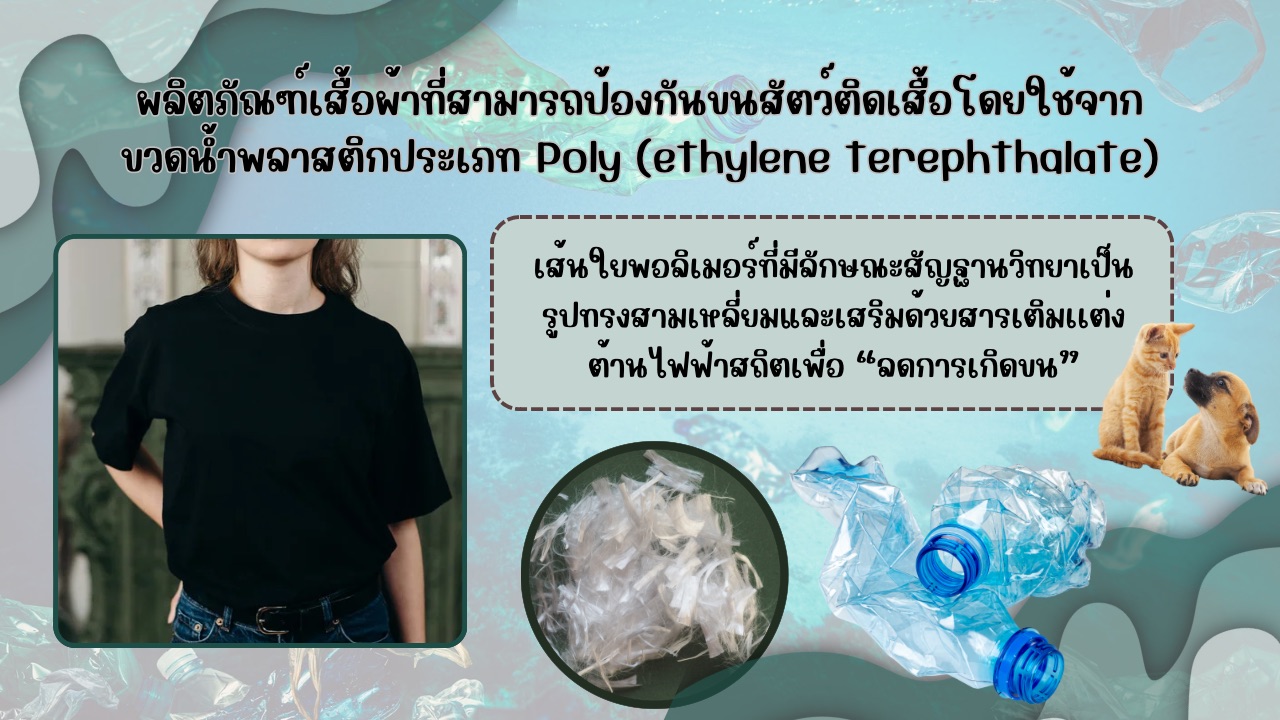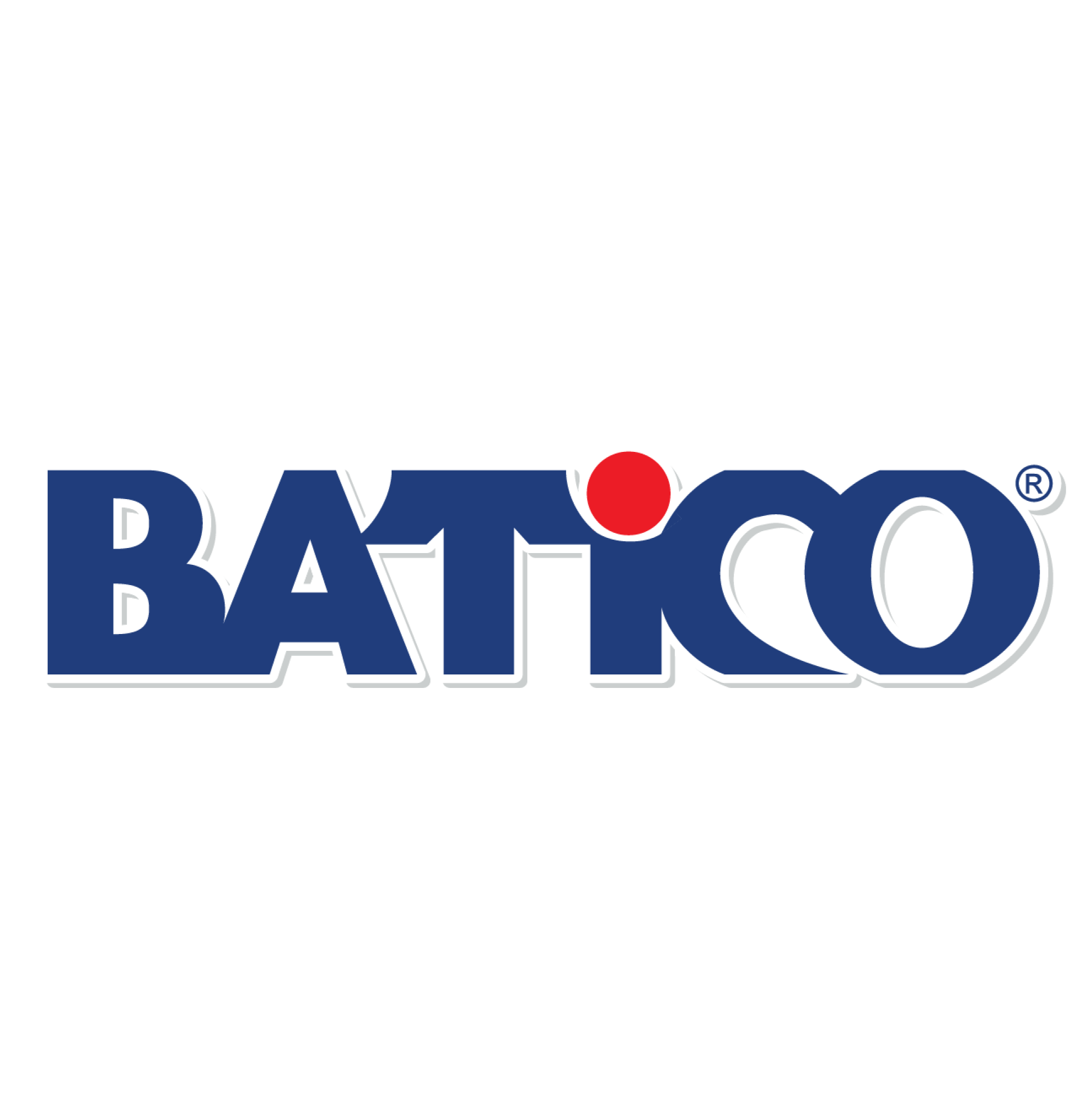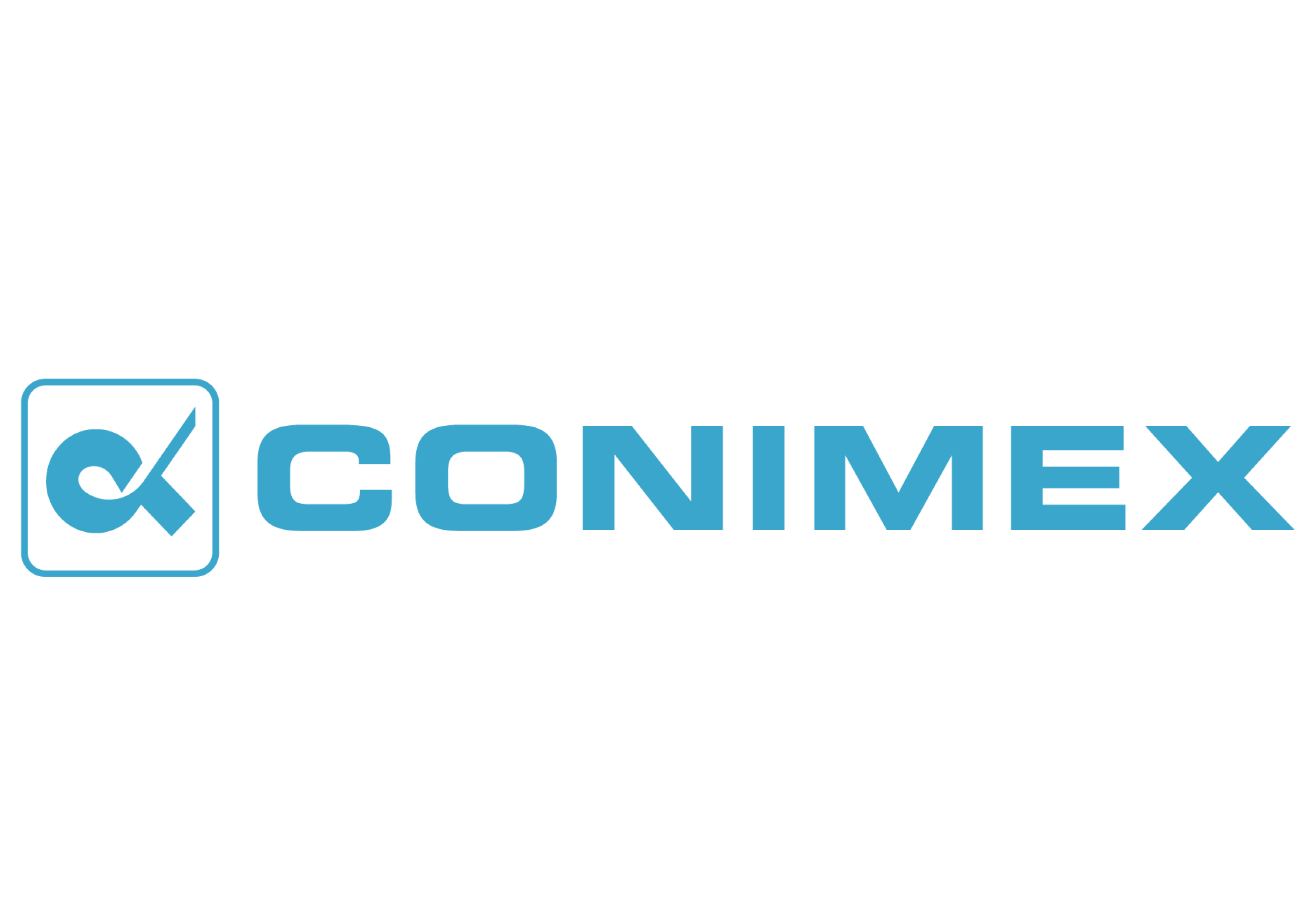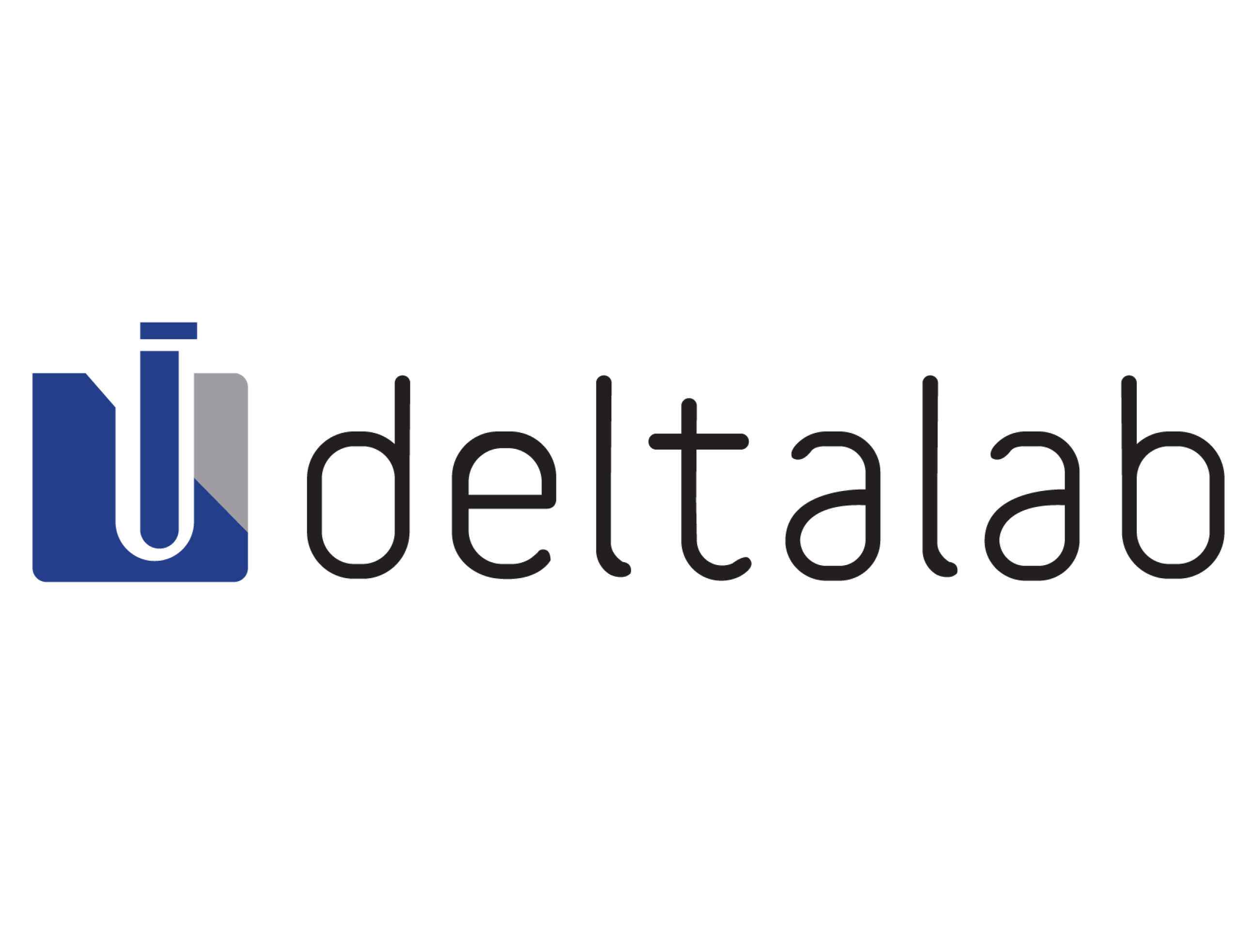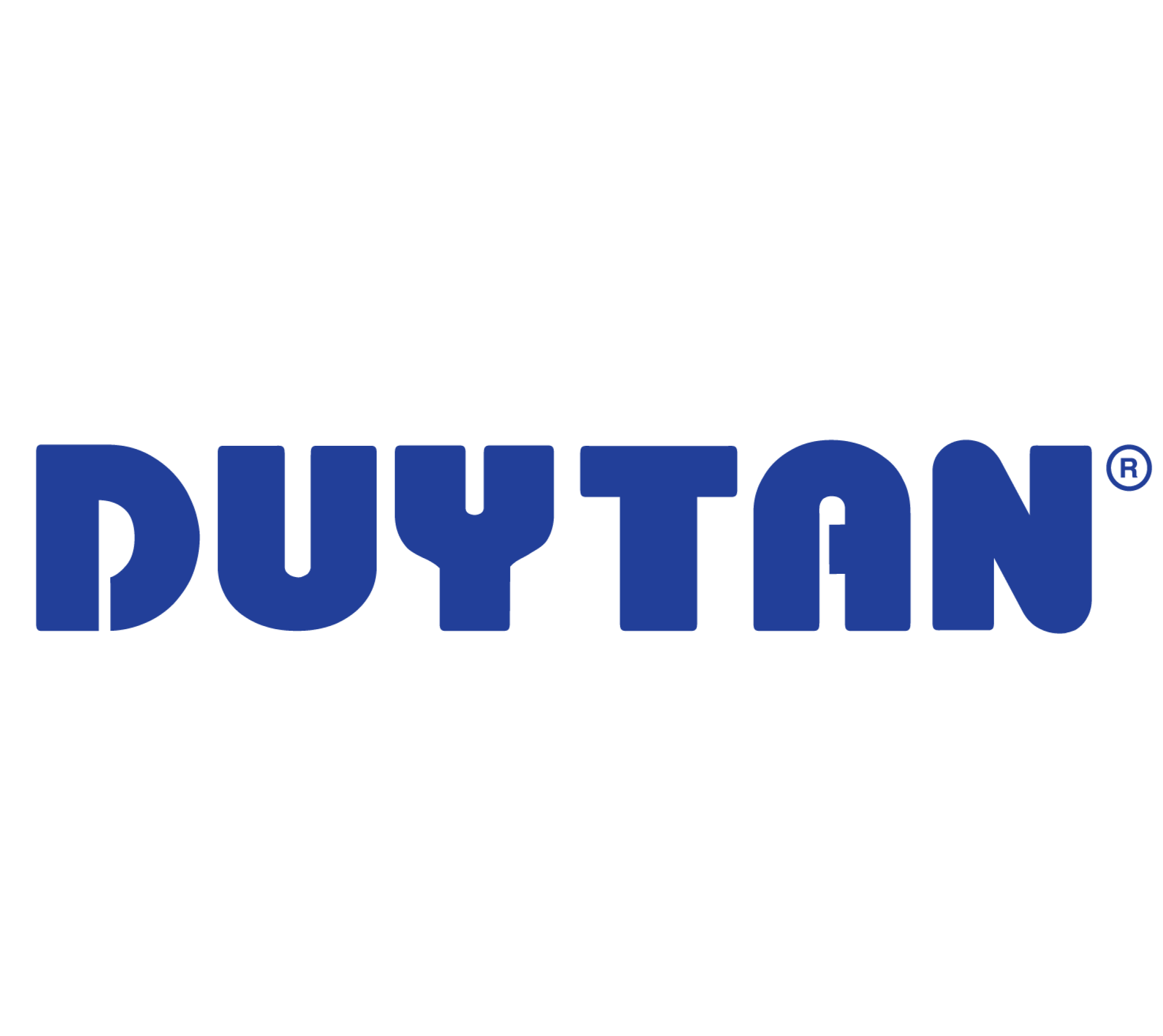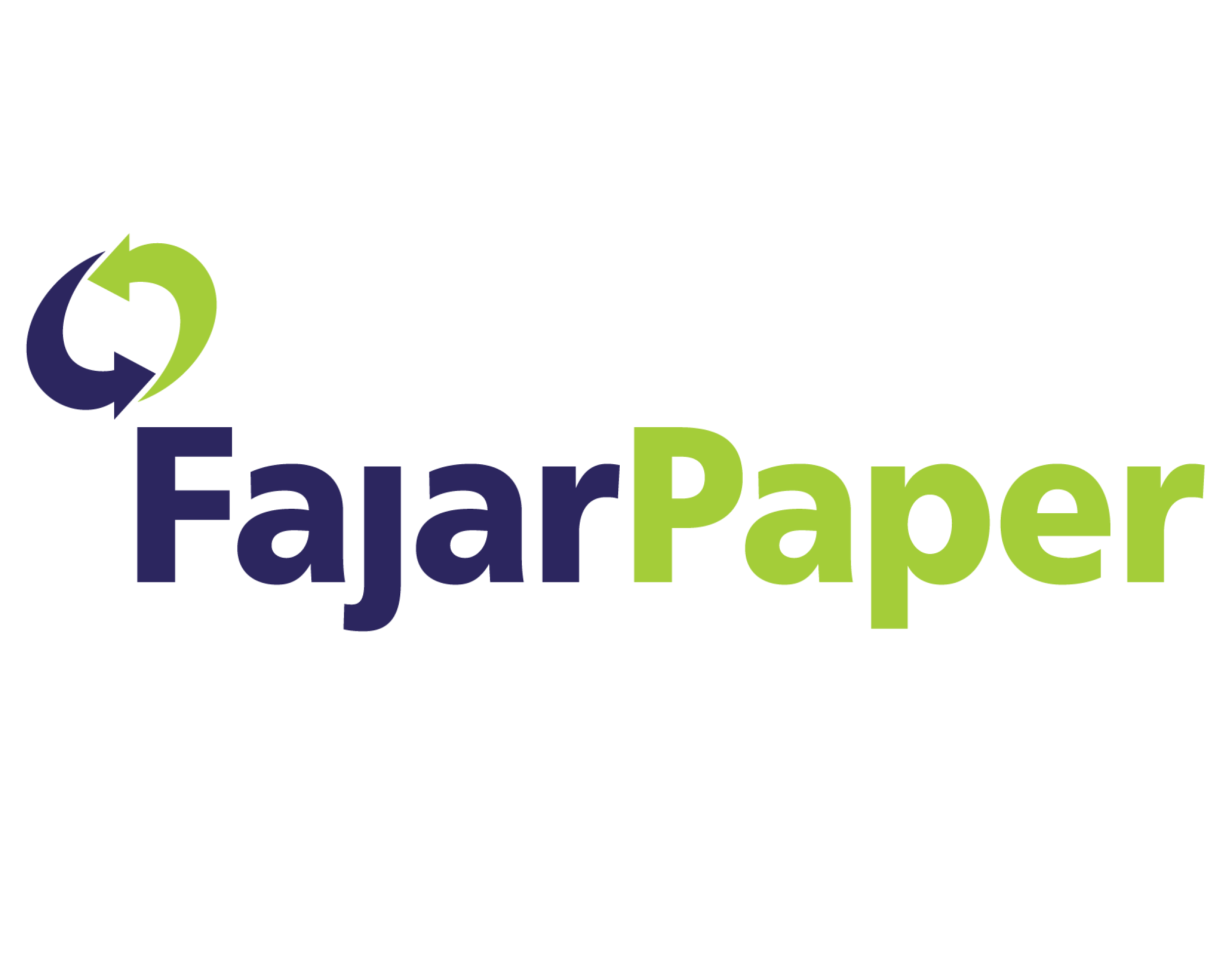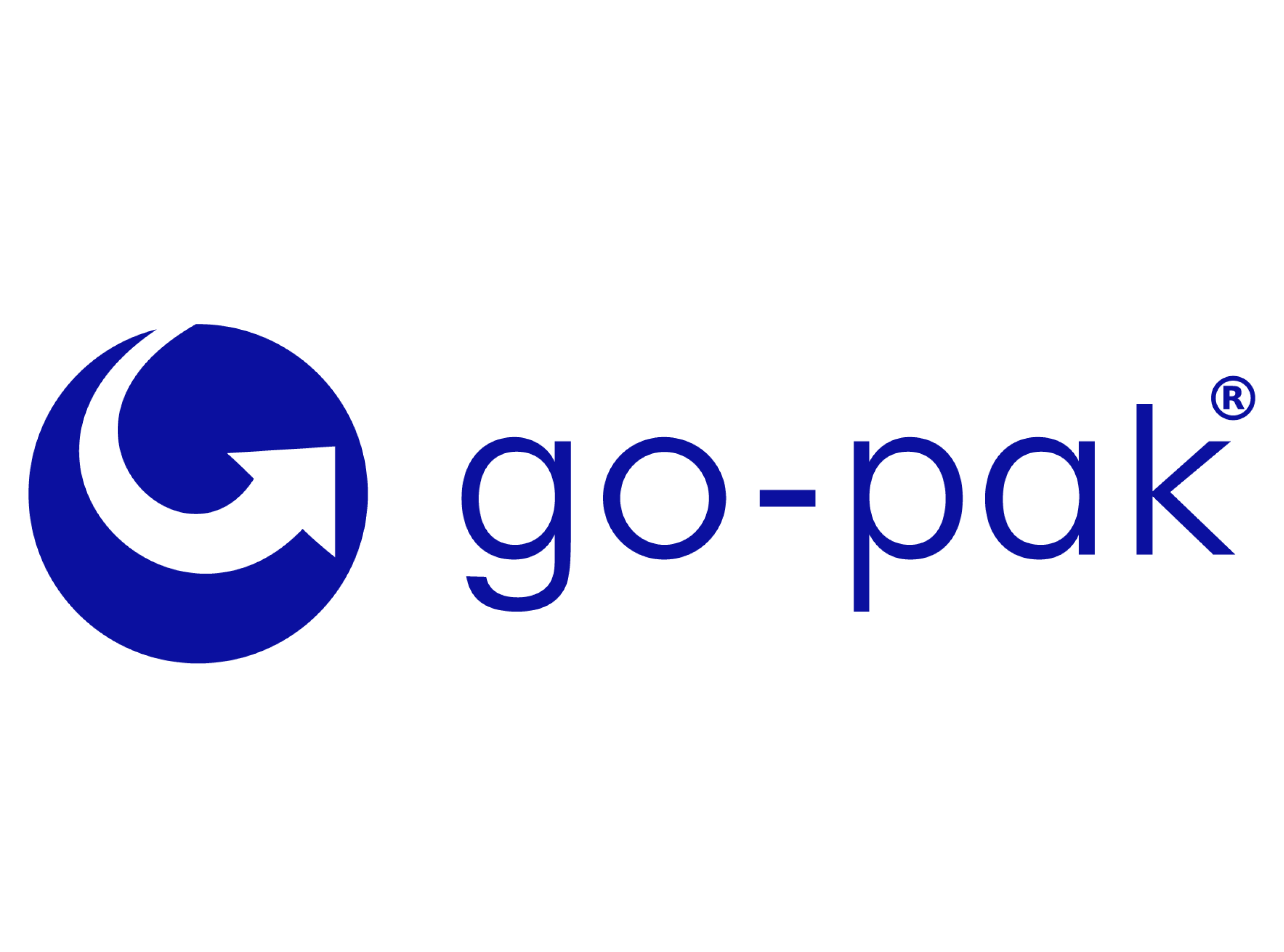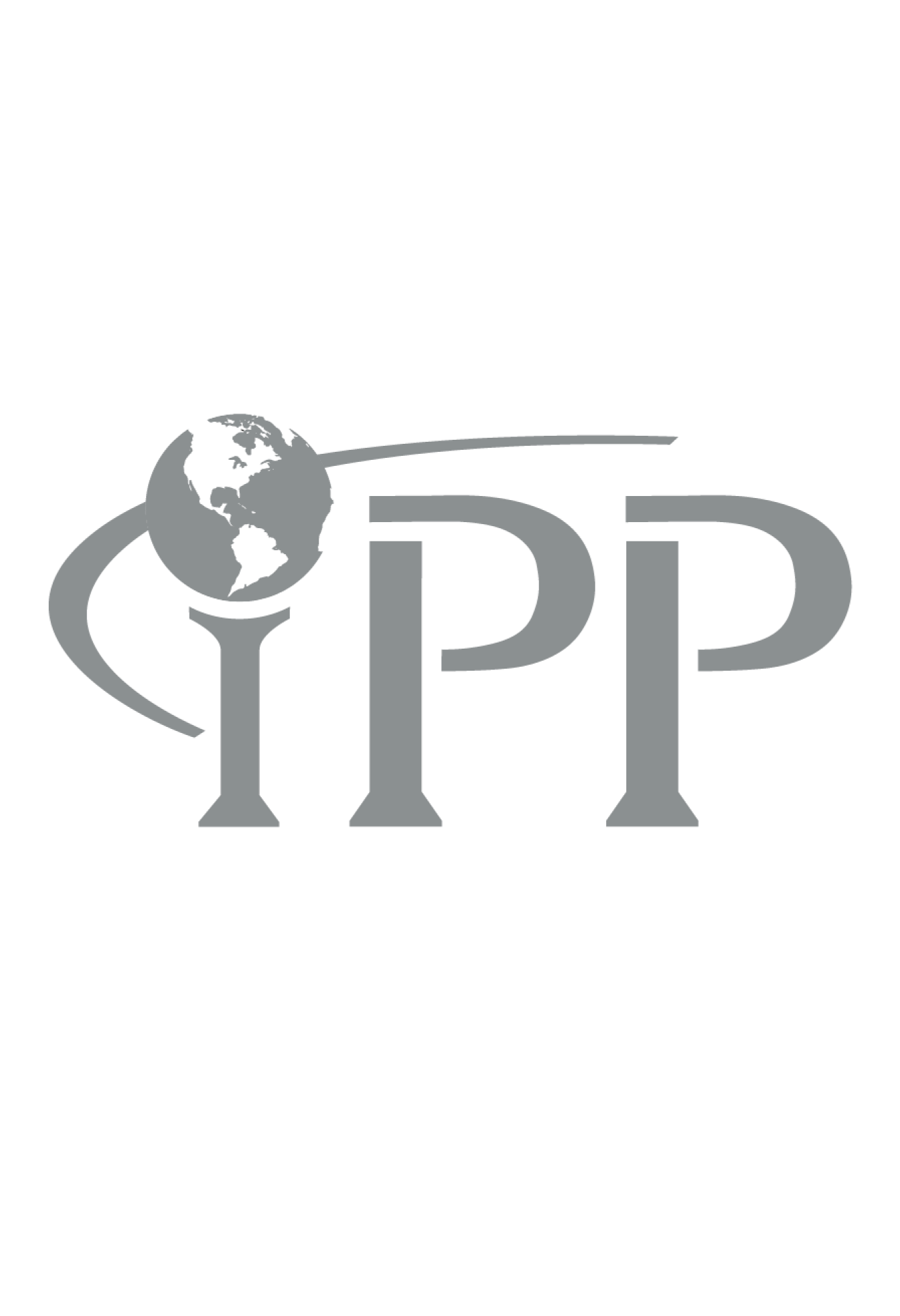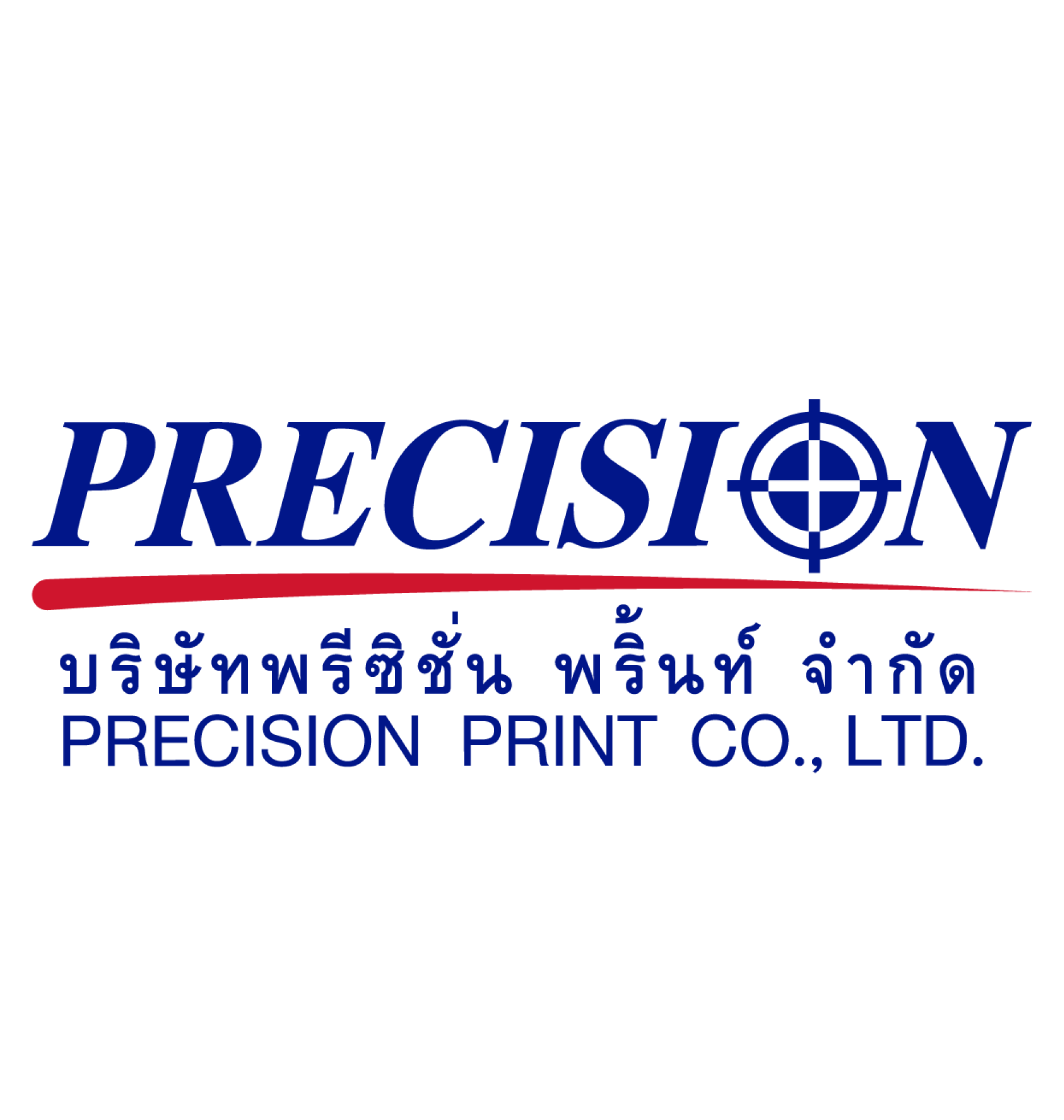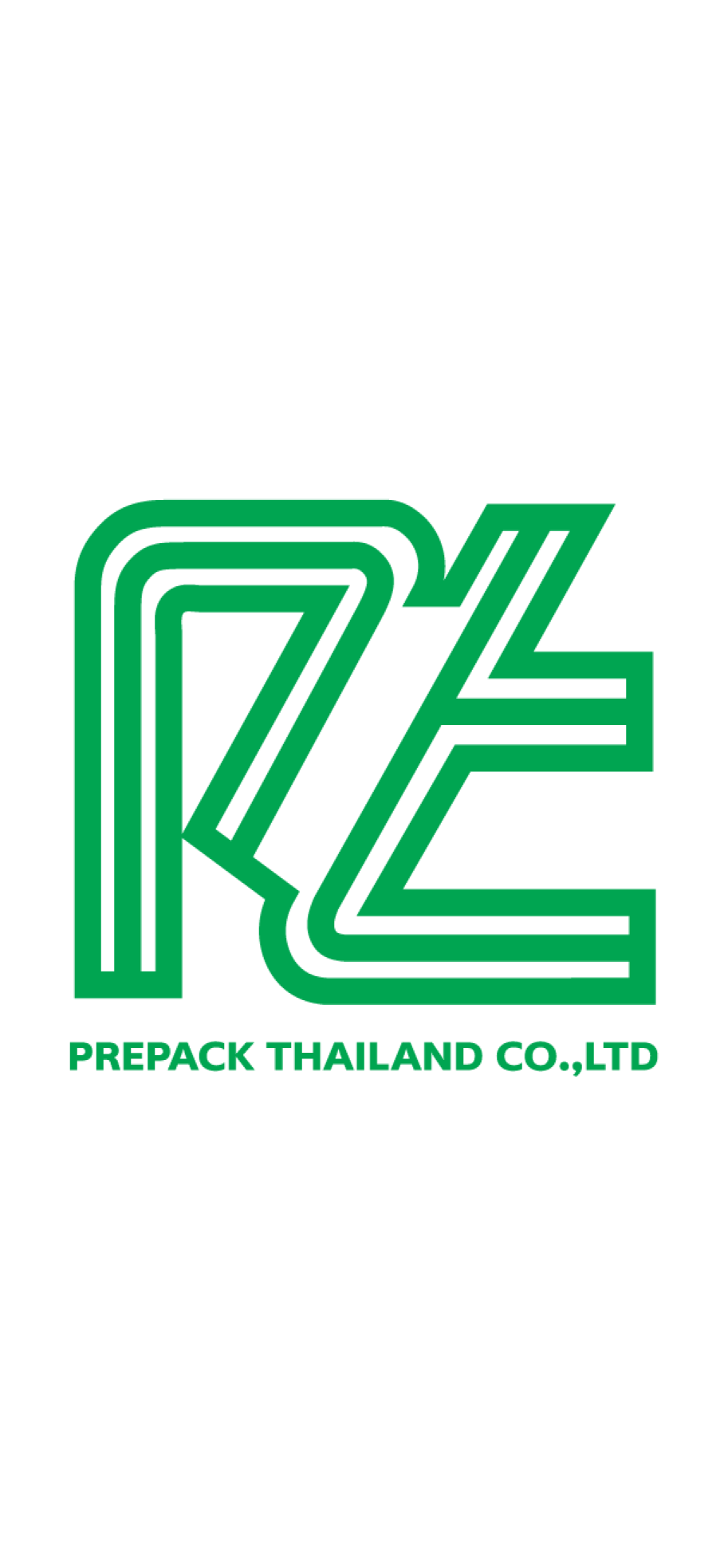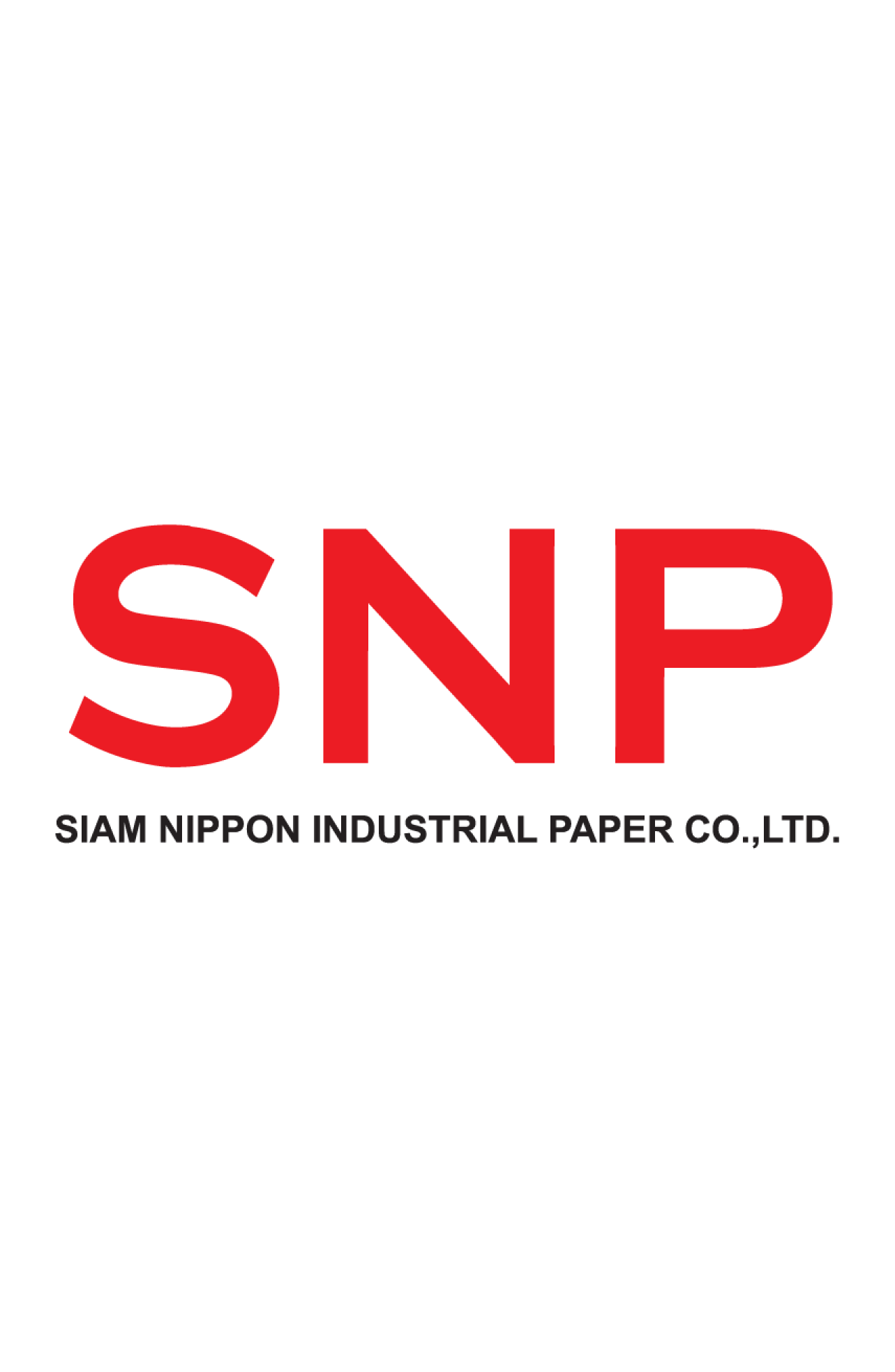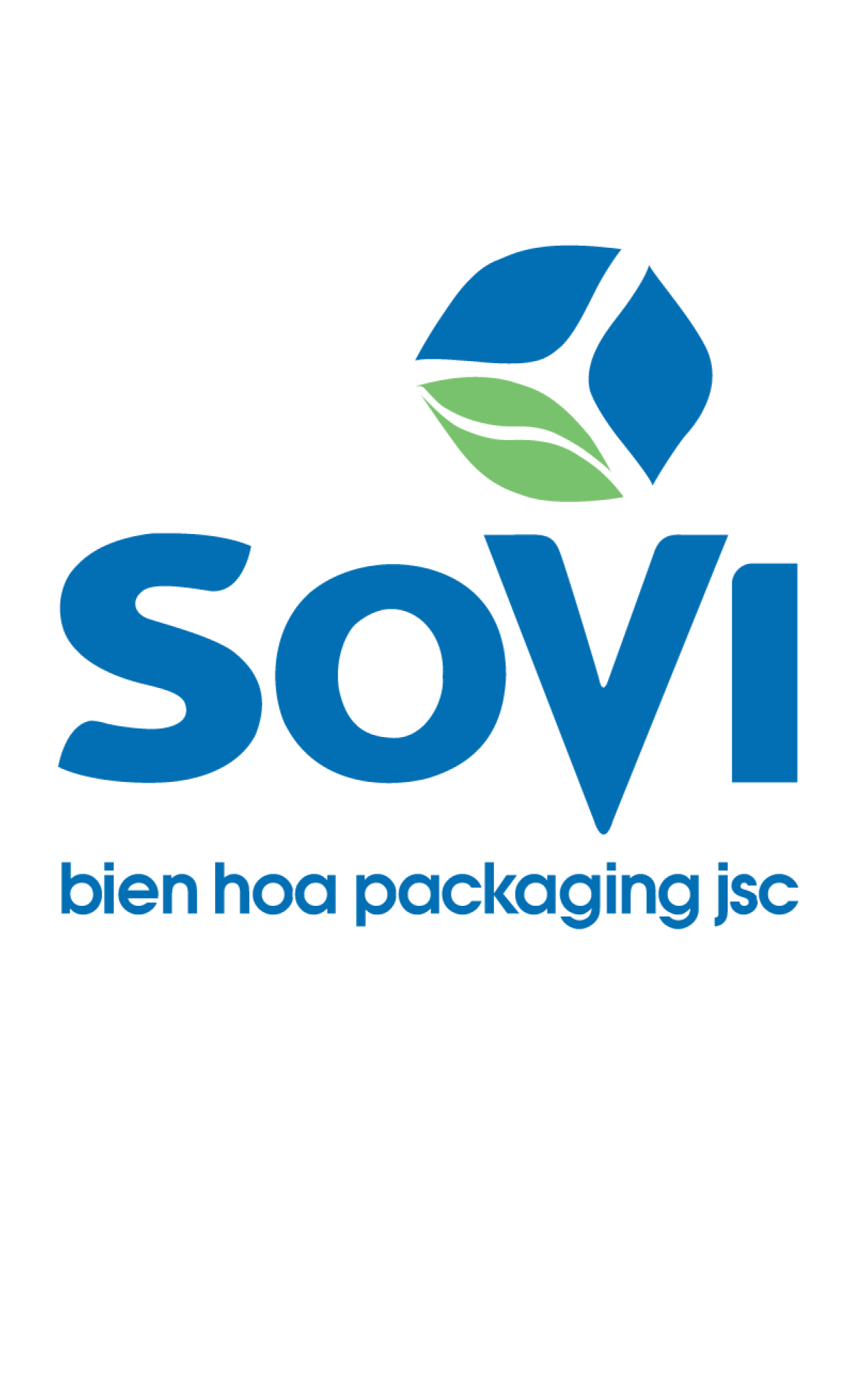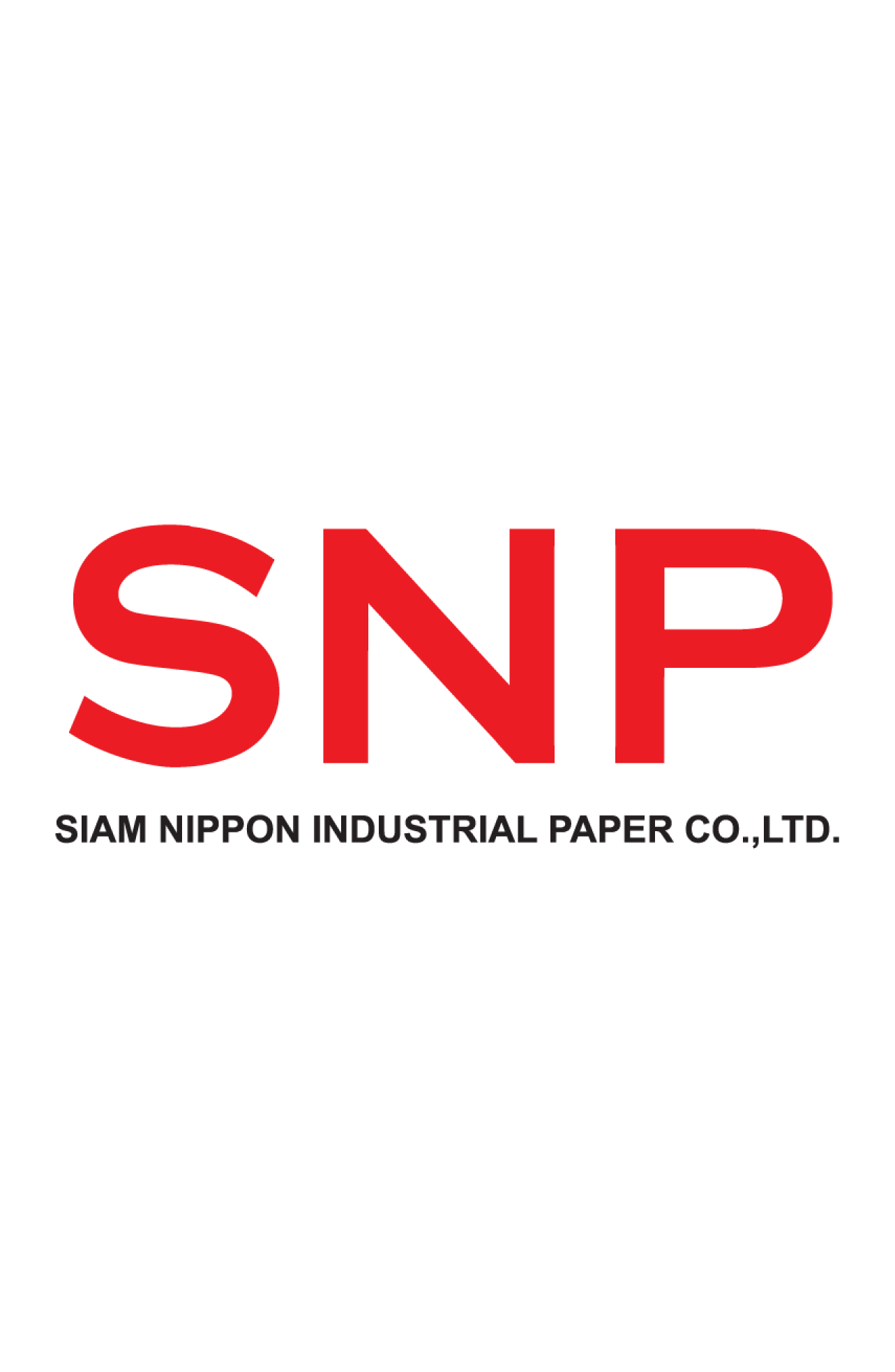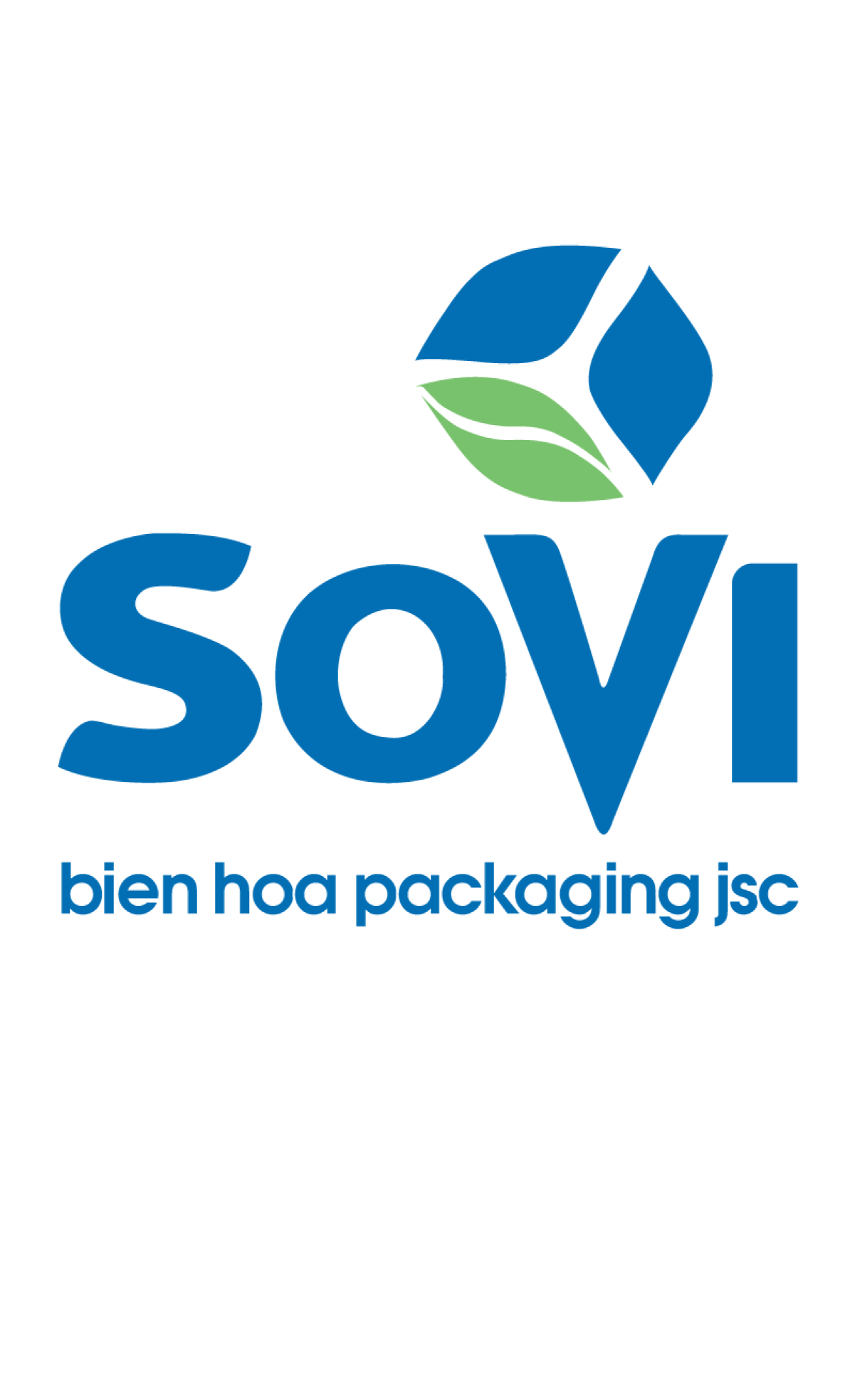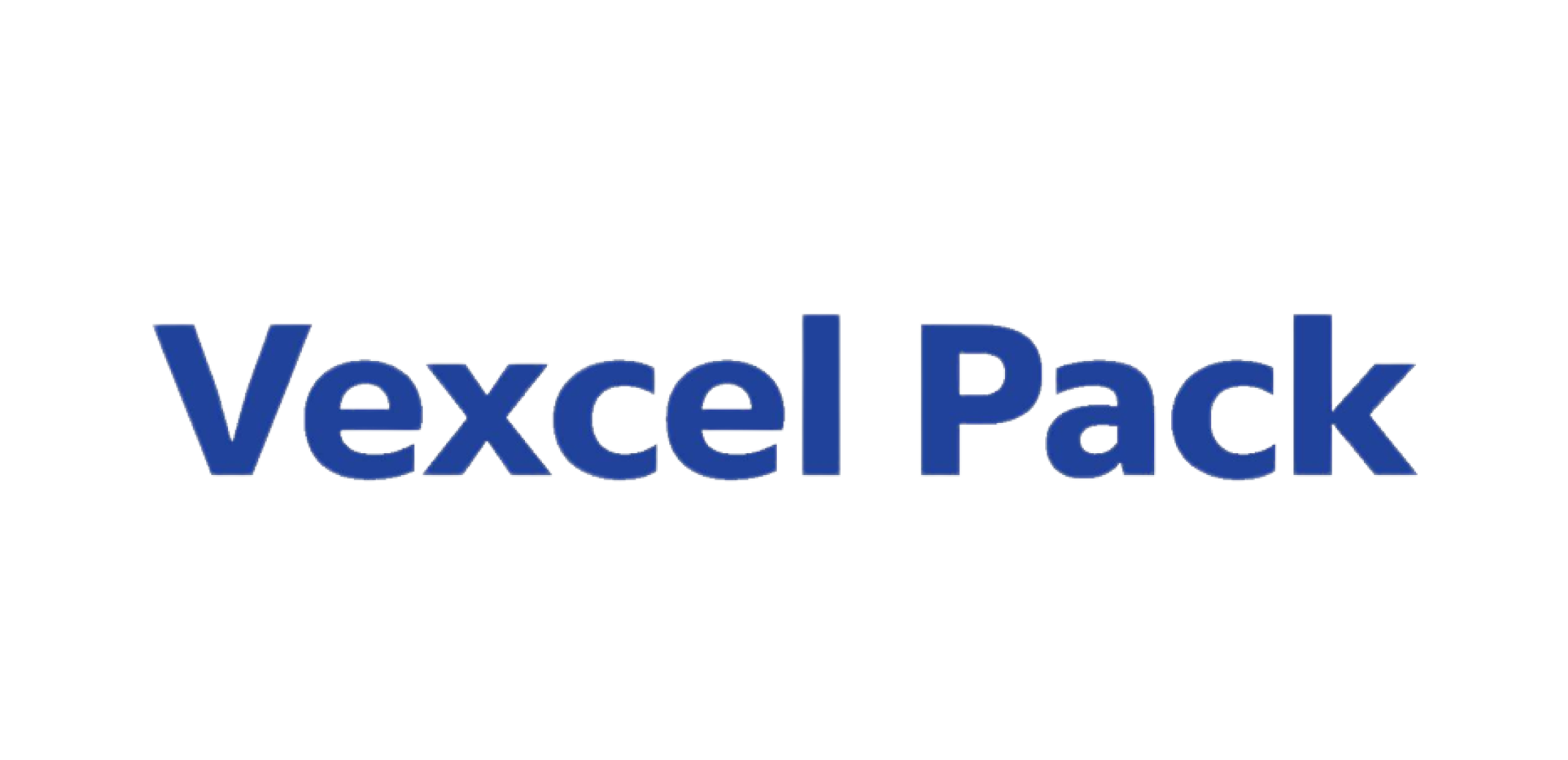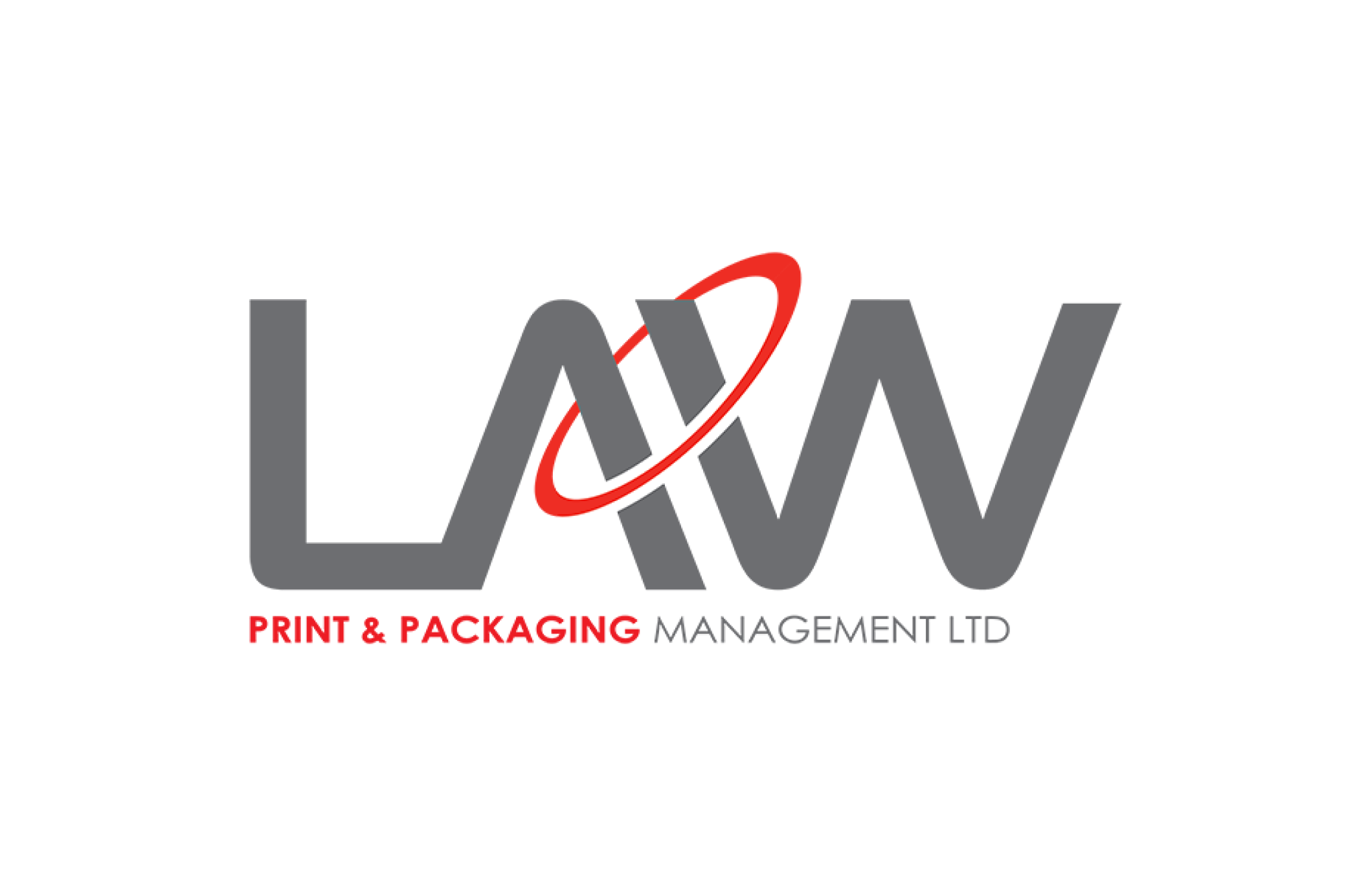Dish buyer of sustainability
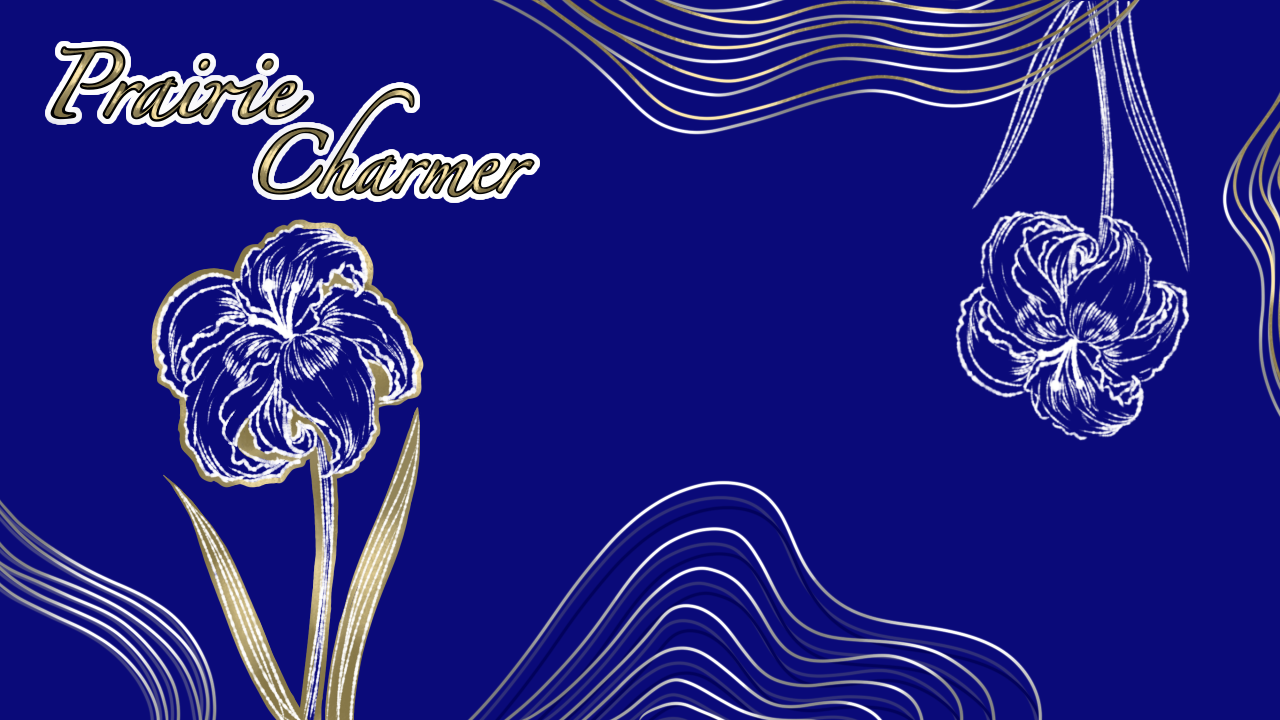
Team : Prairie Charmer
Member
Ms Jidaphar Choochan
Ms Thanaphon Thatthepthanaboon
Ms Nichaphat Chucheep
Analyze Business Environment (SWOT)
S Strengths
1. Product pattern design to be minimal luxury.
2. Product can be adaptive for package and decoration.
3. Product package that can be more than crockery package.
4. Reusable package
5. Protected product from damage while shipping.
6. Reduce packing cost for shipping.
7. Awareness of the value of using package.
8. Different uniqueness and image of package.
W Weaknesses
1. High cost of productivity in which of materials might be imported from overseas.
2. Incomparable technology to Europe’s.
3. Low rate of business growth.
4. Competitive market both domestically and internationally.
5. Higher cost of package.
O Opportunities
1. Expanding of café business.
2. Consumer behavior that likes to go to café.
3. “If the dish is beautiful, the food will get more delicious” Dish collector’s phrase.
T Threats
1. Eco-friendly trend can affect consumers decision.
2. Replaceable of others product.
3. Consumer behavior change rapidly and must develop product overtime.
Brand development goal
1. Market share 3% within 2 years
2. First-year revenue at least 1,000,000฿ (THB)
3. First-year customer at least 1,000 people
Defining target customers and Insight information of target groups
1. Café or restaurant businesses
Now a day many people go to café and there are a lot of competitive between café in which of taste, food and interior decoration, so dish can be attracted for café in one way or another it can be Uniqueness of image and identity for that restaurant.
2. Dish collectors
Dish collectors are group of people who like to collect dishes mostly they use feeling and beauty decide to buy dish. This group like to buy it for interior decorations or sometime they might use it for food package.
3. Common people
The group that will buy it when they need to use it. For example, student move to dormitory and need dishes for personal use.
Designing package for society, environment of brand and offered product
Buying dishes sometimes they might be covered by paper, plastic bag or in boxes that can not reusable, so we design package that can be reusable and also portable.
The Package designed by us can be adapted to a dishrack after clean dishes or for store them. This can reduce waste from covering product with plastic paper and also can be reusable to dishrack.
The package designed to be fit enough for dishes to protecting them from damages and for easier shipping. The outside looks are designed to be attractive color and beautiful pattern. The package is paper mixed with plastic that thick and waterproof for protecting it while shipping and it also reduce packing costs for shipping.
Marketing activities and developing brand through package
TOWS Matrix
SO (Proactive strategy)
1. Improving product to be variety and suitable for clients.
2. Announcing brand to be known widely.
3. Increasing market share and make the name for brand by presenting product and package with new innovation for trust and increasing sales.
WO (Corrective strategy)
1. Developing technology for productivity efficiency.
2. Learn more about brand for business growth.
3. Exploring and examining customer experience about product and package.
ST (Preventive strategy)
1. Making difference by design product and package to be brand uniqueness.
2. Analyzing competitors and trend in that time.
3. Making campaign to discounts or promotional offer in case of competition in market or market slowdown.
WT (Reactive strategy)
1. Managing cost to be maximum efficiency
2. Improve technology or productivity process to be more efficient and eco-friendlier.
Marketing plan information (4P)
1. Product
Client’s demand can be accomplished with product beautifully and uniquely design, thus package is eco-friendly and can be reusable. We also have after sales service and refundable product.
2. Place
Brand will services clients by online platform and telephone that clients can order our product on mobile phone anywhere around the world and official store. Clients can purchase products on their demand.
3. Promotion
Advertising – Announcing campaign and products by put advertisement through Online platform. For example, Facebook, Instagram, Tiktok, Search in Google and Brand’s Website
4. Price
Price will be set around middle between market price, cost of productivity and profit expected will be in the form of Phycological Pricing with dishes set in dozen or each to all of the product and the form of paying will be in cash, Mobile banking and Credit or debit card.
Marketing and brand performance measurement (KPI)
Production
Indicator: 1. Increase production rate.
2. A number of failure of production.
3. Producing rapidly and due on time.
4. Cost of production.
Measure: 1. Increased by 10% from first year.
2. Lesser than 2% of the total of production value.
3. More than 97% of total production batch.
4. Decrease by 3% compared to first year.
Purchasing
Indicator: 1. Purchasing materials due on time.
2. Quality of raw materials
3. When purchasing raw materials, it must be checked first.
Measure: 1. More than 97% of total purchasing lot .
2. Damaged or bad quality materials must be less than 3%.
3. Examination before produce every time.
Marketing
Indicator: 1. Increase revenue.
2. Client base are increase.
3. Satisfaction service level.
4. Widely known in online platforms.
Measure: 1. Increased by 15% of first year.
2. Increased 10% of old client base
3. Satisfaction service level is not less than 95%.
4. Increased 15% of first-time visit.
Human Resources
Indicator: 1. Employee Cooperative.
2. Employee absent rate.
3. Employee lateness rate.
Measure: 1. More than 80% of total staff.
2. Lesser than 5% of workday/person/year
3. Lesser than 10% of workday/person/year
4. Lesser than 7% of workday/person/year
Financial
Indicator: 1. Bill Accuracy
2. Unpaid Dept
3. Budget overrun
4. Revenue
5. Profit
6. Dividend amount
Measure: 1. More than 98% of Total bill
2. At least 100%
3. At least 3% of cost amount
4. More than 12% of total assets
5. More than 35% of revenue
6.More than 10% of profit

